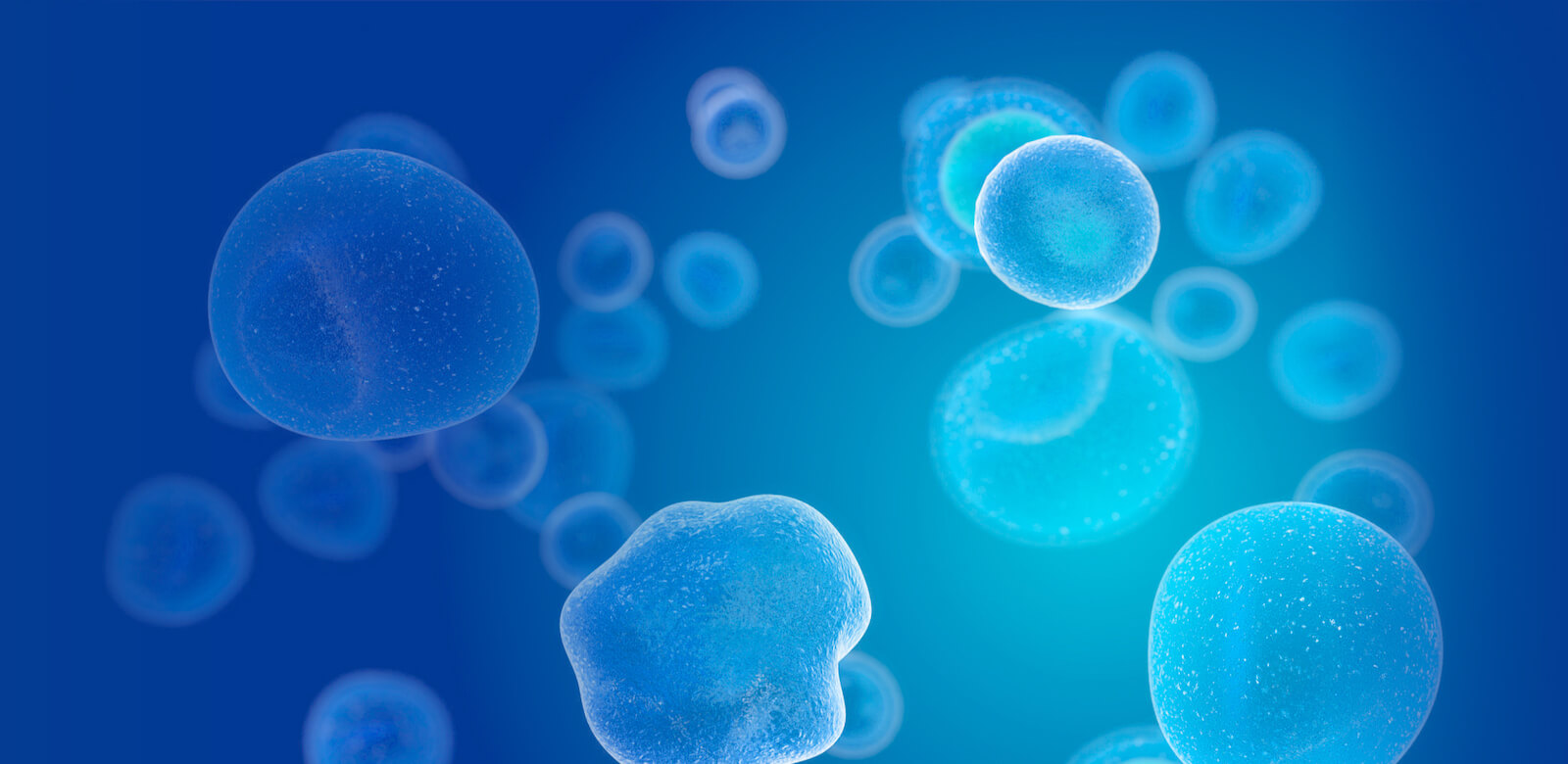Published: May 16, 2019
The answer to the question: “do stem cell treatments work” we have to give away the answer is both yes and no. Stem cell therapy has greatly helped improve symptoms of various different types of diseases and ailments for literally thousands of patients across the globe. These stem cell treatments do not however, work for every single person, nor for every symptom of every disease. While more academic and clinical study is needed to find definitive answers to these types of questions about stem cell therapies and treatments, accumulating data suggests that stem cell treatments are an effective way to treat joint pain, diseases and injuries of various types.
Stem Cell Evidence
While some of this evidence is considered by the scientific community to be anecdotal, there have been numerous cases where stem cell treatments have been shown to accomplish much more than just treating joint pain. Patients who have suffered from a number of conditions, (including neurological disorders, such as ALS, cerebral palsy, stroke, autism, Crohn’s and Parkinson’s disease amongst others) have reported positive benefits from stem cell therapy. So while the need for more definitive research is necessary, stem cell treatments show an undeniably promising place in the future of modern health care.
“Stem cells have been likened to seeds from which many body tissues grow. If science can dedicate itself to harnessing stem cells’ healing power…it can revolutionize medicine, restore the health of an untold number of people and save a vast number of lives. I can’t think of a more important field of medical study.” -Chuck Norris, from Creators. November, 21, 2014
 Dr. David A. Steenblock has been pioneering stem cell therapy for decades. Treating thousands of patients from around the world.
Dr. David A. Steenblock has been pioneering stem cell therapy for decades. Treating thousands of patients from around the world.
Stem cell research has advanced rapidly over the last decade, thanks to the pioneering role of Dr. David A. Steenblock.
Adult Stem Cells
Many Americans today still think the term “stem cells” refers to human embryonic stem cells, which has been riddled with controversy over the years. Embryonic stem cells require the destruction of a human embryo to extract a very small amount of viable stem cells. Just in the last decade, doctors and researchers have discovered that stem cells taken from a person’s own body have more therapeutic potential than science previously had recognized.
The adult human body produces stem cells, continuously in the bone marrow, which are released into the blood to circulate throughout the body, healing any damages present. an undifferentiated cell, which essentially can become any type of cell the human body tells it to. These are created in bone marrow, fat tissues, and other areas of the human body. Adult stem cells can be extracted from bone marrow and can be multiplied and grown inside a lab, to produce many millions of healing cells.
Despite the enormous potential exhibited by stem cell treatments, a war is raging across the United States about the efficacy of stem cell therapies.
This battle is being played out between two different sides. On one side you have Big Pharma, the FDA and pharmaceutical industry-funded research academics who argue against the use of adult stem cell treatments, seemingly as an attempt to protect patients from harm. This side has been pitted against the experience of hundreds of licensed doctors, (MD’s and DO’s who currently advocate for stem cell therapy), along with thousands of their patients who have benefitted greatly from various forms of stem cell treatments and therapies.
In fact, many of these stem cell doctors are actually advocating for further regulation in the “wild west” of stem cell clinics. There certainly are doctors who perform stem cell injections with risky techniques and questionably-sourced materials, in which patients actually do get sick. These doctors, in turn, give the whole field of stem cell therapy a bad name in the view of the authorities and of the general public. Some regulation is necessary to keep common-sense safety precautions standardized throughout this burgeoning healthcare industry.
Prescription drugs approved by the FDA, kill hundreds of thousands of people each year and comprise a major health risk to the general public.

In 2011 alone, the United States pharmaceutical industry caused “2.1 million serious injuries, including 128,000 deaths” from adverse drug reactions and harmful side effects of various FDA-approved drugs. Defamation and scare tactics continue to be used against stem cell treatments and researchers across the board. All of this in spite of the relative safety of certain types of stem cell treatments and their basic efficacy when performed properly by a trained medical professional.
Anecdotal evidence from successful stem cell treatments simply calls for more research. As the research and development of new medicines and treatments are mostly completed by university medical labs and pharmaceutical companies, it is highly unlikely that stem cell therapies will receive the proper exposure to the randomized, scientific studies necessary to determine definitive proof of their efficacy. While many scrutinize stem cell practitioners with the term anecdotal evidence, historically, anecdotal evidence is what has led to major advancements in science, medicine and medical procedures calling for research in that particular, newfound area of study.

With the need for more research aside, numerous existing studies have shown that stem cell treatments work to help rebuild mobility in the recovery from a stroke, helped a child with cerebral palsy to see, walk, talk and communicate for the first time ever. Stem cell therapy has also helped people restore or improve lost mobility from multiple sclerosis, Parkinson’s, and ALS (amyotrophic lateral sclerosis), allowed a child with autism to speak his first full-sentence and has improved symptoms such as jaundice in patients with liver failure. Various other examples like these, showing the efficacy of stem cell treatments are available on the Personalized Regenerative Medicine’s patient testimonials page.






